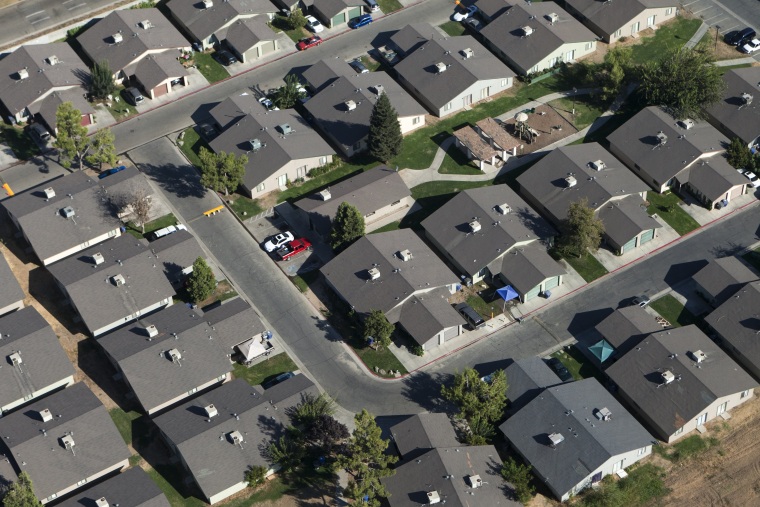The fast growing Hispanic and Asian populations are helping to continue a multi-decade increase in multiple generations of families living together under the same roof, according to a new report.
In 2014, a quarter of Hispanics were living in multigenerational households, according to an analysis of Census data released Thursday by Pew Research Center.
That’s up from 23 percent in 2009 and compares to 15 percent of whites. Twenty-eight percent of the Asian American population lived in multigenerational households in 2014. Blacks tied Hispanics at 25 percent.
Pew said that the Hispanic and Asian populations are growing more rapidly than the white population and both groups are more likely than whites to live in multigenerational families, which helps explain some of the increase in the families in those living situations.
According to Pew, a total 14 million Hispanics are in multigenerational households. The largest total is among whites, 29.8 million, followed by blacks, 10 million and Asians and Pacific Islanders, 4.7 million. Another 2.1 million were in the other category, which includes single or mix-raced non-Hispanics.
Also more foreign-born Americans are likely to live with multiple generations and Asians and Hispanics are more likely than whites to be immigrants, Pew said.
Latino personal wealth took a significant hit during the Great Recession and for many families much of their wealth was in their homes, although that was not given by Pew as a reason for the multifamily households.
Overall, 60.6 million Americans’ living situation involved living with family members of another generation, Pew said.
That’s about 19 percent of the U.S. population in homes that include two or more adult generations or one that includes grandparents and grandchildren.
Multigenerational households have been on the rise since 1980, but are showing signs of acceleration.
During the five years from 2009 to 2014, the total number of people in that living situation rose from 51.5 million to 60.6 million - an increase of 9.1 million people.
That was the same size of the increase - 9.1 million - over nine years, when the total went from 42.4 million people in multigenerational households in 2000 to 51.5 million people in 2009.

